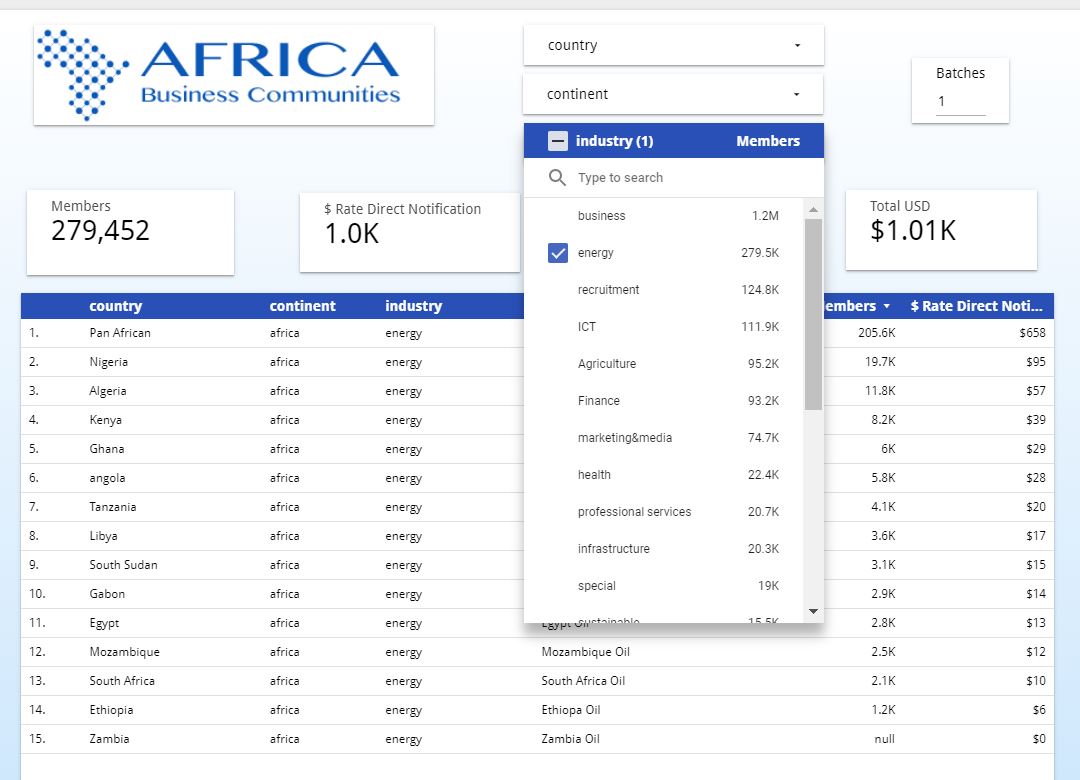
LinkedIn Groups, the benefits and the dilemma public-private
In the realm of professional networking, LinkedIn groups stand as a pivotal tool for admins and managers. These groups offer a platform for fostering discussions, sharing expertise, and building professional communities. However, a critical decision that group administrators face is choosing between a private or public group setting. This article delves into the advantages of managing a LinkedIn group and the implications of setting your group as private or public.
The Role of LinkedIn Group Admins and Managers
As an admin or manager of a LinkedIn group, you hold significant influence over the group’s direction and content. This role comes with several benefits:
Enhanced Networking Opportunities
Being at the helm of a group positions you as a central figure in your network, facilitating connections and collaborations.
Showcasing Expertise
Admins and managers have the unique opportunity to demonstrate their knowledge and thought leadership within their industry.
Content Moderation
You control the quality and relevance of the content and discussions, ensuring that the group remains a valuable resource for its members.
Direct Insight Gathering
The group serves as a direct line to industry insights, opinions, and feedback, which can be invaluable for professional growth and decision-making.
Private vs. Public Groups: A Strategic Decision
The choice between a private and a public group affects the group’s dynamics, growth, and member engagement.
Private Groups: Controlled and Exclusive
Advantages:
- Exclusivity: Creates a sense of community and encourages open, candid discussions.
- Focused Membership: Allows for careful selection of members, maintaining group relevance and quality.
- Confidentiality: Members are more likely to share sensitive information in a private setting.
Disadvantages:
- Limited Growth: The exclusivity can result in slower membership growth.
- Increased Management Effort: Vetting members and monitoring discussions require more administrative effort.
- Reduced Visibility: Private groups are less visible to non-members, potentially limiting their reach.
Public Groups: Open and Diverse
Advantages:
- Rapid Growth Potential: Open access can lead to quick growth and a diverse member base.
- Greater Visibility: Public groups are more discoverable, attracting a wider audience.
- Simplified Management: Less vetting reduces the administrative burden.
Disadvantages:
- Risk of Spam: Open groups are more susceptible to irrelevant posts and spam.
- Reduced Depth of Interaction: Larger groups may struggle to maintain meaningful, in-depth discussions.
- Quality Control Challenges: Ensuring the quality of content and discussions can be more challenging in larger groups.
Conclusion
Administering a LinkedIn group, whether private or public, requires a strategic approach to maximize its benefits. The decision hinges on the desired level of engagement, the nature of discussions, and the target audience. Both private and public groups have distinct advantages and challenges, and the choice should align with your overarching professional objectives.
In summary, LinkedIn groups offer a dynamic platform for professional networking and thought leadership. The success of these groups depends on thoughtful management, active engagement, and a clear understanding of the group’s goals and audience. Whether private or public, a well-managed LinkedIn group can be a powerful asset in any professional’s toolkit.
Look also at our LinkedIn Group – Africa Influencers Network | Bloggers | Vloggers | B2B | B2C:






